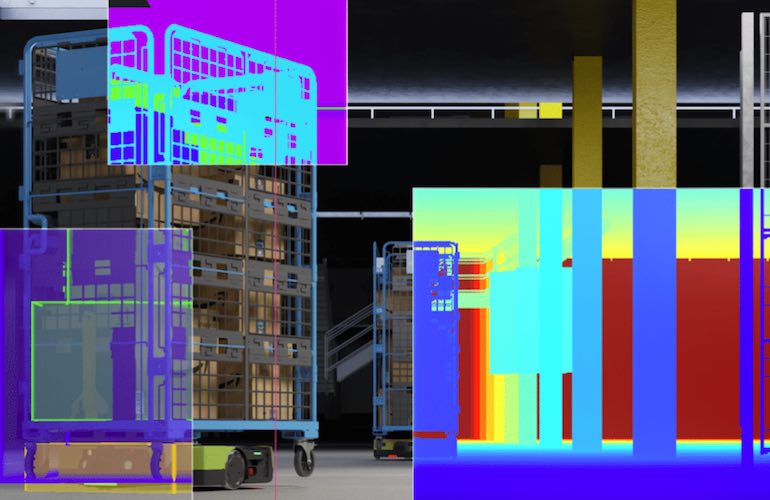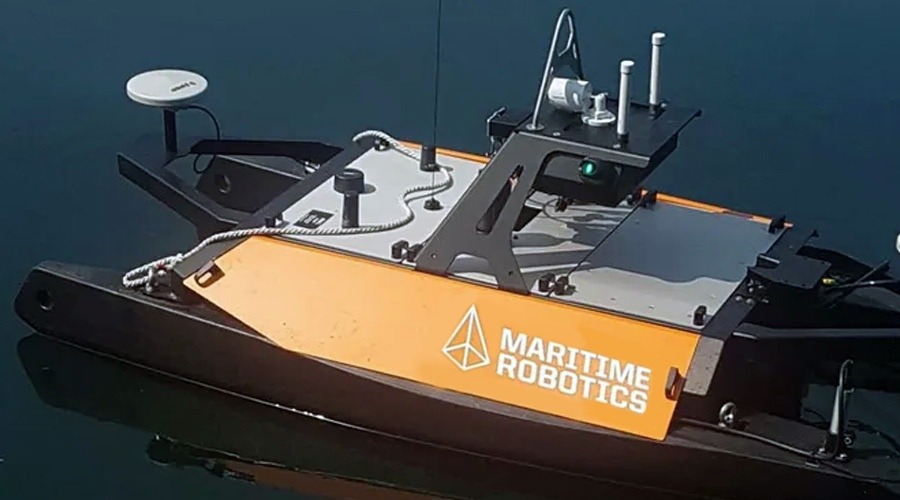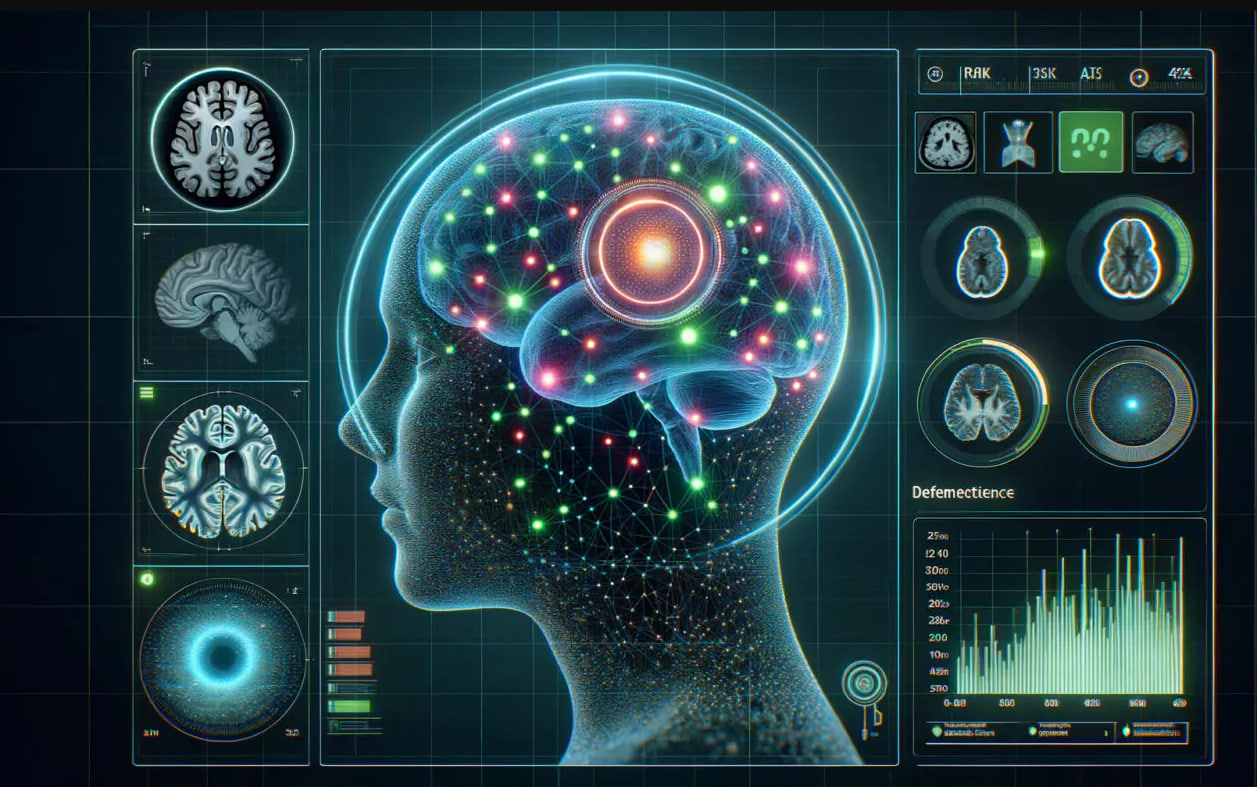In a groundbreaking development that could revolutionize ocean monitoring and environmental data collection, researchers have successfully prototyped miniature aquatic robots powered by bacteria. This innovative approach, spearheaded by Professor Seokheum Choi and his team at Binghamton University, represents a significant leap forward in the creation of self-sustaining robotic systems capable of long-term operation in marine environments.
The project, funded by the Office of Naval Research, has been a decade in the making and aligns closely with DARPA's "Ocean of Things" initiative proposed in 2017. The Ocean of Things concept envisioned deploying thousands of floating sensors to gather crucial environmental data, including ocean temperature, sea state, and the movement of marine life and vessels across vast oceanic expanses.
What sets Professor Choi's creation apart is its innovative power source. Unlike conventional energy systems such as solar, kinetic, or thermal, these tiny robots harness the power of onboard bacteria to meet their energy needs. This approach addresses one of the primary challenges in developing self-sustaining aquatic robots: the unreliable availability of traditional energy sources in marine settings.
At the heart of this groundbreaking system is a microbial fuel cell featuring spore-forming bacteria known as Bacillus subtilis. This miniature biological generator draws inspiration from natural digestive processes, converting organic matter into electricity through catalytic reduction-oxidation reactions. The design mimics biological systems, allowing the bacteria to adapt to changing environmental conditions.
"When the environment is favorable for the bacteria, they become vegetative cells and generate power," explains Professor Choi. "But when conditions are not favorable – for example, it's really cold or nutrients are not available – they revert to spores. In this way, we can extend the operational life of the robot."
The fuel cell's construction is a marvel of materials science and engineering. The anode, crafted from polypyrrole-coated carbon cloth, provides an ideal surface for bacterial colonization while maintaining excellent conductivity. The cathode, also made of carbon cloth but decorated with polypyrrole-coated platinum, accelerates oxygen reduction. A Nafion 117 membrane completes the setup, allowing for selective proton transfer.
One of the most ingenious aspects of the design is the integrated powerplant's Janus interface – a surface with both hydrophobic and hydrophilic properties. This clever feature enables the unidirectional flow of organic substrates from the ocean water, ensuring a steady supply of nutrients to the bacterial spores.
In terms of power output, a single fuel cell setup achieved a maximum power density of 135 µW cm-2 and an open-circuit voltage of 0.54 V. When scaled up to a six-unit array, the system generated nearly a milliwatt of power – sufficient to drive a small DC motor and onboard sensors.
The robot's locomotion is equally innovative. Utilizing the rotational force of the motor, the platform propels itself forward across the water's surface without direct force on the water itself. The robot's legs, treated with a hydrophobic coating, allow it to glide across the water's surface in a manner reminiscent of a water strider.
This development represents a significant step towards realizing the vision of deployable fleets of autonomous data gatherers. Unlike stationary sensors, these robots could be dispatched to specific locations as needed, greatly enhancing the flexibility and reach of ocean monitoring systems.
While the current prototype serves as a proof of concept, the researchers acknowledge that there is still work to be done. "While this work successfully demonstrates self-sustainable mobility on water surfaces powered by an integrated MFC array, the exploration into practical applications such as localization, sensing, and signal processing and transmission in aquatic robotic platforms remains an area ripe for development," the team noted.
Future research will focus on long-term performance testing and adapting the system for varying environmental conditions. Additionally, the integration of more advanced sensing and data transmission capabilities will be crucial for the robots to fulfill their potential as comprehensive environmental monitoring tools.
As we face increasing environmental challenges and the need for comprehensive oceanic data becomes more pressing, innovations like this bacterial-powered aquatic robot could play a crucial role. By combining cutting-edge robotics with biological power sources, we are witnessing the dawn of a new era in environmental monitoring – one where tiny, self-sustaining robots could become the eyes and ears of our vast oceans, providing invaluable data for scientific research, environmental protection, and maritime operations.


















